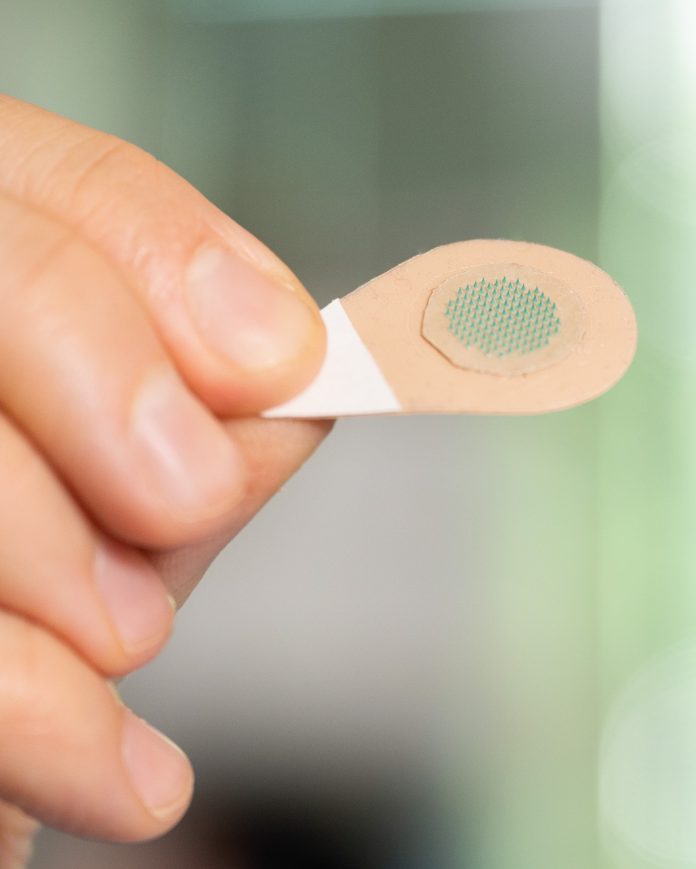
Tattoos made from patches of tiny needles can encode complex medical information directly onto the skin and provide a means to constantly monitor physiological changes to the body.
The microneedle patch tattoos were able to imprint numbers, letters and symbols onto animal skin, thereby offering the potential to indelibly create medical alerts for conditions such as diabetes or imprint QRS codes to carry other vital health information.
The patches could also deploy ultra-violet ink that is invisible in daylight and thermochromic ink that could change colour in response to temperature changes such as during a fever, allowing them to respond to biophysical cues that enable physiological monitoring.
The research, reported in the journal iScience, also showed that microneedle tattoos could be used to record vaccination information at the same time as delivering inactivated polio vaccine in rats.
“In this way, a single [microneedle] patch could be used to vaccinate as well as leave a small marking on the skin indicating the vaccination year (i.e., 2020),” explain the investigators at the Georgia Institute of Technology in Atlanta.
“This could be especially valuable in low-resource settings with limited infrastructure for health care records.”
The microneedle patches could increase the safety and access to medical tattoos and be used for cosmetic reasons in medical conditions such as correcting skin colour in vitiligo or creating an areola in nipple reconstruction, they add.
Microneedle patches have been developed as an alternative to injections, with tiny needles penetrating below the skin’s surface to release drugs there.
Conventional microneedle patches are typically arranged as a square or circular array and the researchers examined whether they could create other shapes that could communicate more complex visual information.
The team used a carbon-dioxide laser cutter to drill conical cavities in polydimethylsiloxane sheets to form molds with particular patterns.
Each microneedle, created from a mixture of tattoo ink and a biocompatible, water-soluble polymer, then behaved like a pixel or dot that collectively created a tattoo shape or image on pig skin or rats.
The researchers were able to create heart and hexagon stars that lasted for at least a year, as well as 10-digit UV tattoos and others that used thermochromic ink, changing color in response to temperature at a threshold of 40 degrees centigrade.
They also developed a patch to administer inactivated polio vaccine and tattoo ink in the shape of the number 20, with the immune response not significantly different to when the same vaccine dose was delivered via intramuscular injection.
“These medical tattoos demonstrate the feasibility of developing [microneedle] patches to provide information using different numbers, letters, symbols, colors, and their combinations,” reports the team led by Mark Prausnitz, J Erskine Love Jr. Chair in the School of Chemical and Biomolecular Engineering.
“Because these medical tattoo patches can be easily administered and read, they can enable patients to provide valuable medical information to health care personnel, such as first responders in an emergency involving, for example, extensive blood loss or a severe hypoglycemic event where the patient may not be responsive or fully coherent, as is done today, for example, using medical alert bracelets.”















